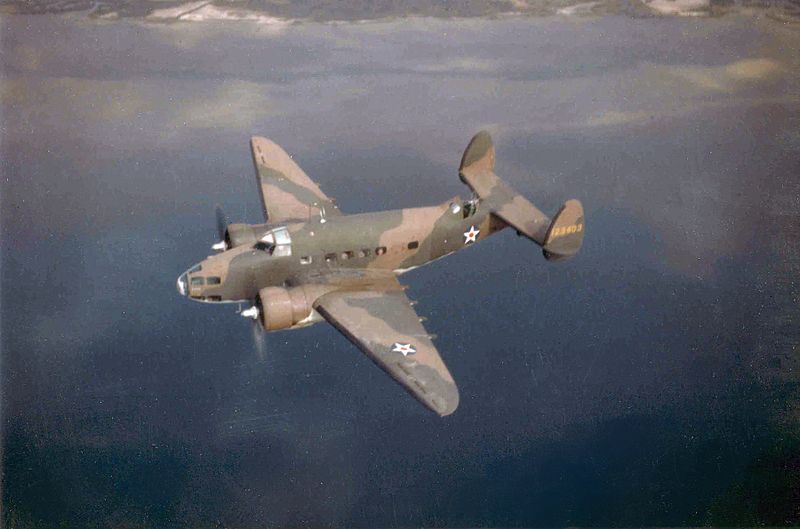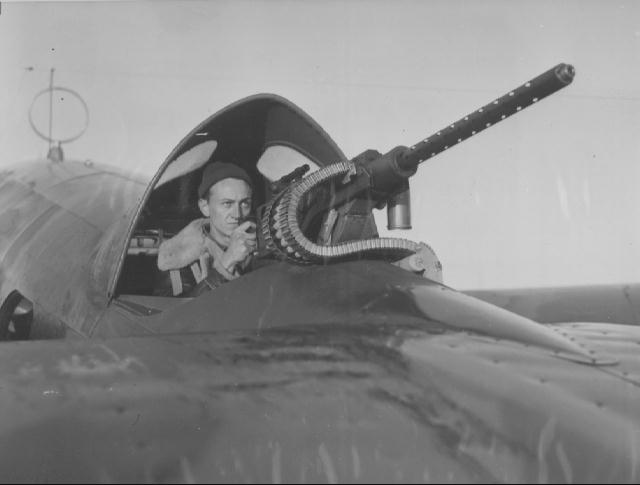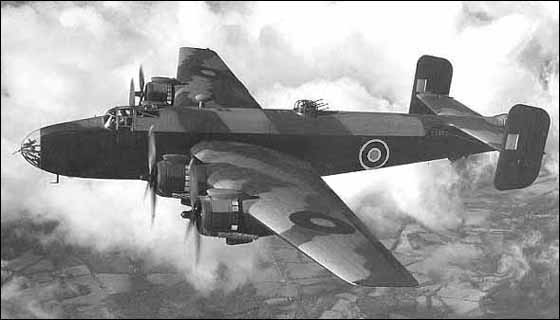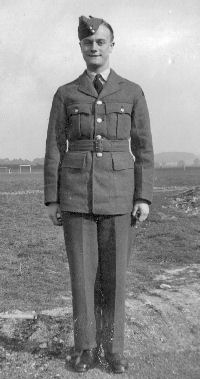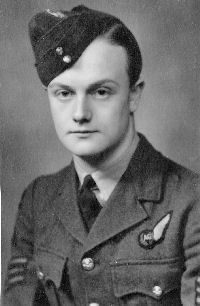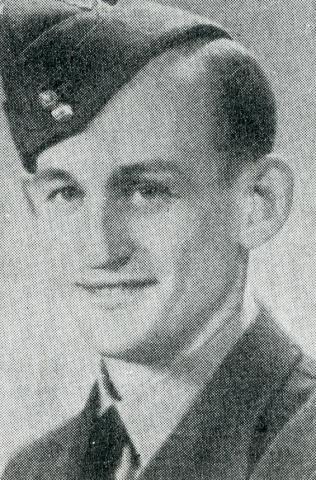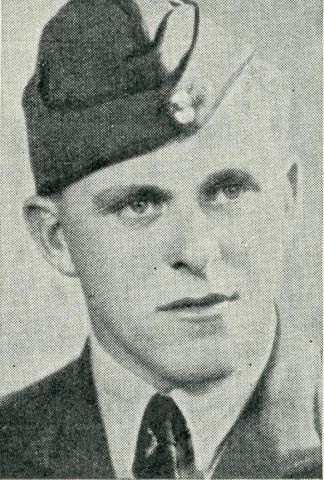Lockheed Hudson bomber from RAF Tempsford on Stotfold to Arlesey road – crew of 4 killed – 28 Mar 1944;
The aircraft FK767 had left its base at RAF Tempsford on a training flight. There was an officer pilot ,an officer navigator , and two airgunner sargeants. On operations as well they carried up to 4 agents and desperately needed supplies for the resistance.
-
Top speed: 404 km/h
-
Length: 14 m
-
Wingspan: 20 m
-
First flight: December 10, 1938
-
Engine type: Radial engine
-
the lock head Crewcredit http://www.roll-of-honour.com complied this information
- RAF Tempsford was used during the war by the SOE (Special Operations Executive). It was from here that underground agents and their supplies were flown, and dropped into enemy occupied Europe. The station was home to “Special Duties” 138 and 161 Squadrons flying Whitley, Hudson, Halifax and Stirling bombers and also Lysanders.Over 80 aircraft were lost from Tempsford during the war, with many of their crews being killed.Gibraltar Farm Barn was built deliberately to look like a normal farm barn to fool German air-reconnaisance was where agents were supplied with their equipment and their poison pills, in case of capture. Today there are moving memorials to individual R.A.F. aircrews and S.O.E. agents inside the barn. Arround the barn memorial trees have been planted by the Czech, Norwegian and Polish underground resistance and others planted in memory of individual aircrews who never came back.Tempsford Airfield is a private airfield and as such not open to the public. Where possible small groups of visitors may be allowed access but only by prior arrangement. Anyone wishing to visit the airfield must telephone 01767 650251 beforehand
-
The Halifax Crash
-
This sad story happened on Sunday 19th December 1943 at 19.25. They still had to fly 8 more sorties to finish their year. A Handley Page Halifax BB364 from Squadron 138 at Tempsford had been in the air 1 hour 5 minutes on a practice flight. It was circulating RAF Henlow airfield dropping off containers on paracutes at a height of 40 feet.
The young Welsh pilot Sargeant Hubert Williams 21 , was from a small village in Carmarthenshire , called Talaris . He clipped the top of a 280 foot brickyard chimney. Flying low and at night has got to be the most dangerous flying you can do , especially in a Blackout situation. He knew the chimneys were there but wasn’t flying high enough in the dark to clear them . The aircraft was 1 mile from the airfield. It burst into flames killing all nine on board . The crash scene was just the other side of the Arlesey Common bridge. A neighbour of mine Ray Shiel heard the crash and rushed down there the next morning as soon as it got light.
The RAF were trying to stop people going there. But being schoolboys they went in the back woods way and took some metal souvenirs. Parts of aircraft were scattered all over the common.The chimney lights were switched off due to Blackout regulations.The experienced pilot had 252 hrs solo experience. 25 hrs on Halifaxs , and 62 hrs night flying experience , 8hrs on Halifaxs. It was a truly British Crew .Today of course this could never have happened , because the chimney would have set of an alarm and been detected.One of the propellors of the Halifax was put up on one of the London Brick Walls.What a shame it has disappeared , it could have been on display somewhere in the village.They were so young.
Pilot Sgt HuW Williams 21 , the Welsh pilot ,
Air Gunner Sgt Alexander McIntyre 36 , from Glasgow.
Nav/Bomber Sgt Joeseph Polland 31, from Belfast.
Pilot / Nav Officer Cyril Wooldridge 32 from Bromley
Nav Sgt Harold Houghton 22 from Horwich , Lancs
Air Gunner Sgt Frank Adams 22 from Islington
Flt Engineer Sgt Stanley Higham 23 Mawdesley Lancashire
Air Gunner Sgt John Mooney 28 Liverpool
Air Gunner Sgt Cyril Addison 37 LiverpoolRole Heavy bomber Manufacturer Handley Page First flight 25 October 1939 Introduction 13 November 1940 Retired 1961 (Pakistani Air Force) Primary users Royal Air Force
Royal Canadian Air Force
Royal Australian Air Force
Free French Air ForceProduced 1940–1945 Number built 6,178 These are not the actual crew but other Temsford aircrew that crashed and died that they have photos of. These were obviously colleagues and friends of theirs.
History of RAF Henlow info from WikipediaWhile I was researching this story I thought I would include raf Henlow as it is very close to Arlesey , and obviously aircraft were always flying over Arlesey, thus making us a target in WW2.Henlow was chosen as a military aircraft repair depot in 1917 and was built by MacAlpine during 1917 and 1918. 4 Belfast Hangars were built and are now listed buildings. An additional hangar was added to the inventory in the 1930s and this too is now listed. Originally a repair depot for aircraft from the Western Front, the Station officially opened on 18 May 1918 when Lt Col Robert Francis Stapleton-Cotton arrived with a party of 40 airmen from Farnborough. The parachute testing unit moved The Officers Engineering School moved there in 1927. During the Second World War Henlow was used to assemble the Hawker Hurricanes which had been built at the Hurricane factory operated by Canadian Car and Foundry in Fort William, Ontario, Canada, under the leadership of Elsie MacGill. After test flying in Fort William, they were disassembled and sent to Henlow in shipping containers for reassembly there. Over 1,400 Hurricanes (about 10% of the total) were built by Canadian Car and Foundry. Henlow was also used as a repair base. Hurricane fighters were dismantled there to be shipped to Malta as well. After the war, Henlow became the RAF Signals Engineering Establishment, but was reduced to a Radio Engineering Unit in 1980.
A major RAF technical training college was also formed at Henlow after the Second World War and this was amalgamated with RAF College Cranwell in 1965. The RAF Officer Cadet Training Unit then moved in, but this also moved to Cranwell in 1980. In 1983, theLand Registry took over part of the site.
Henlow Camp, a civilian settlement, has grown up around RAF Henlow since the station’s establishment.
Present
Today, RAF Henlow houses the Joint Arms Control Implementation Group (JACIG), all 3 of the RAF’S Police Wings (including the Tactical Provost Squadron), the RAF Centre for Aviation Medicine (RAF CAM), DE&S, 616 Volunteer Gliding Squadron which operatesVigilant T1 motor gliders and number 1 Military Intelligence Brigade HQ. A civilian flying school also operates from the site.
Administratively, RAF Henlow was part of a combined base, RAF Brampton Wyton Henlow but this has been disbanded with RAF Brampton being closed.
Facilities
Henlow facilities include a Medical and Dental Centre, Officers’ Mess, WOs’ and Sgts’ Mess, Junior Ranks Club – ‘Whittles’, Junior Ranks Mess and Coffee Shop – ‘Crystals’, Welfare housing – ‘Whittle’s Inn’, Gymnasium, Swimming pool, bowling alley, an 8 runway grass airfield and a 9 hole golf course open to the public.
Cadets
RAF Henlow is also home to 2482 (Henlow) Sqn Air Training Corps.
